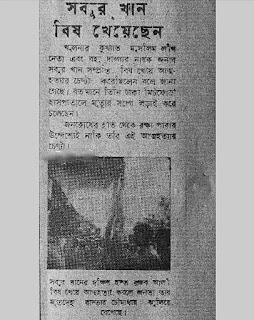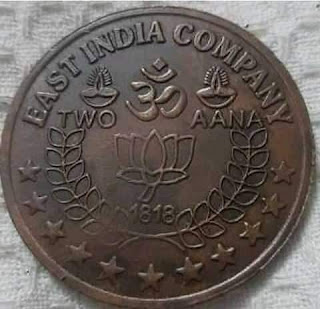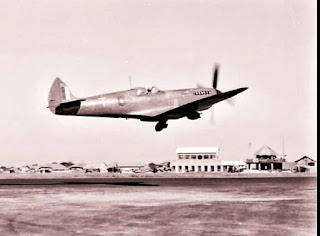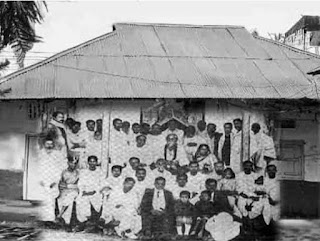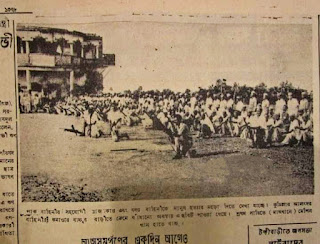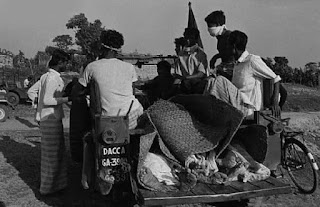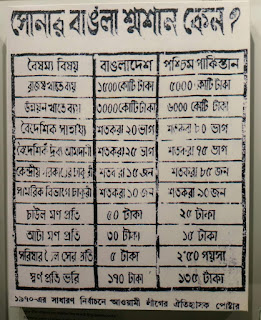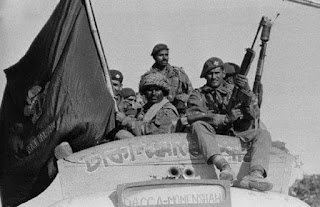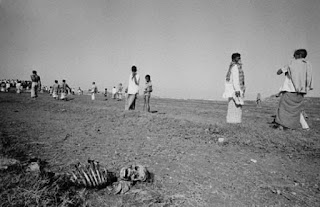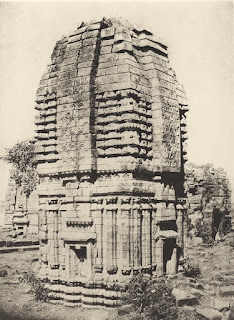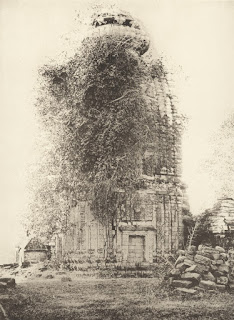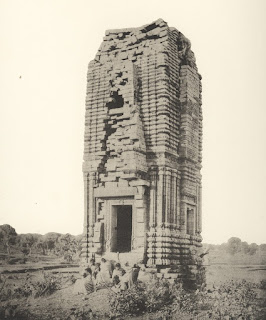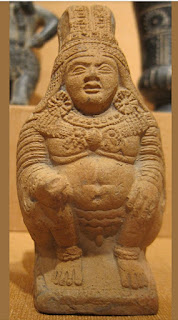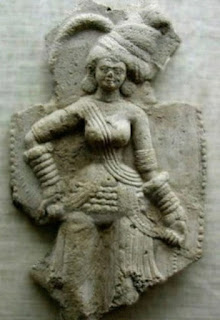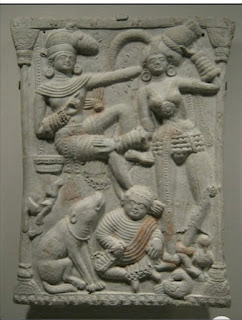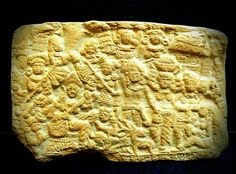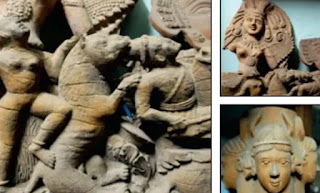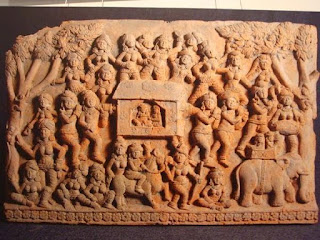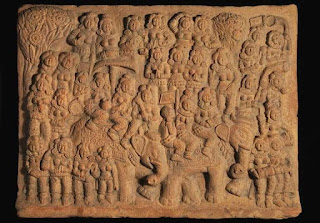Birangana Tepri Barman
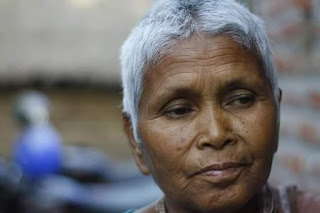
Tepri Barman. Birangana Tepri Barman, a brave lady who sacrificed herself to save her family. We have read many stories about rakshasas as children, where the rakshasas would keep an entire village hostage and spare absolute annihilation upon receiving one villager every night as dinner. Tepri Barman's story is somewhat similar. It was 1971. Thakurgaon's Tepri Barman was a newly married girl of 16-17. The Liberation War had broken out. One day the Pakistani army entered their village and their intention was simply to kill all. Tepri's family had taken shelter elsewhere to save themselves from this onslaught. Upon finding no one in the house, the soldiers and Razakars took 5 of their cows. Later Tepri went to the Pakistani soldiers' camp to retrieve their cows along with her brother. The soldiers caught them and threatened to kill her brother and her entire family unless she becomes their sex slave. Tepri saved her brother and her family by sacrificin...



